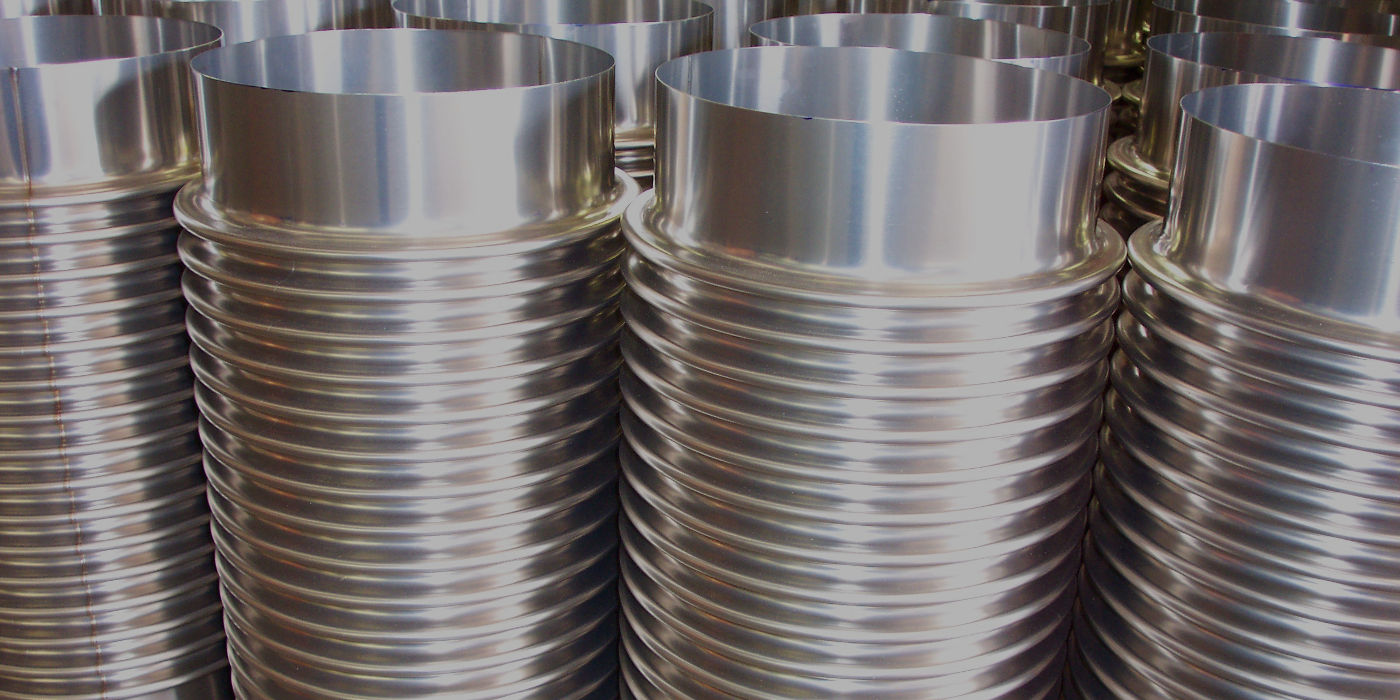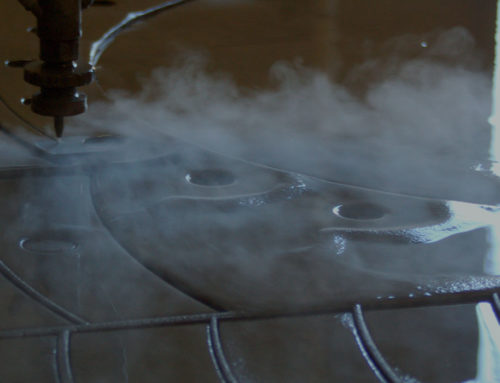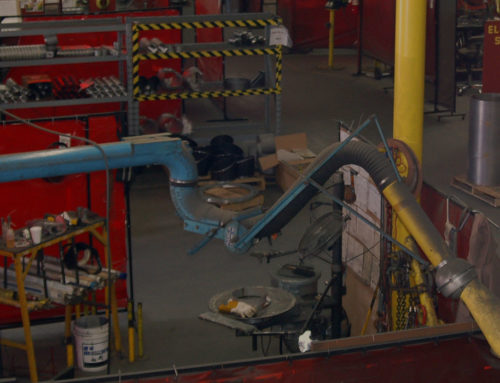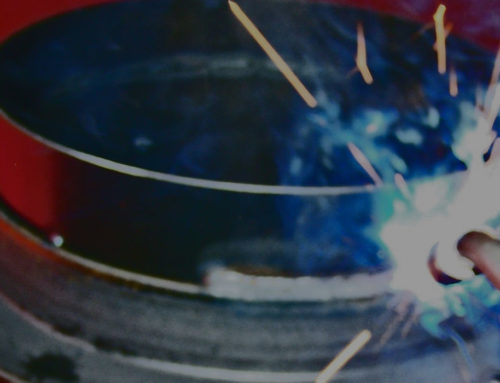The engineered metal bellows we know of today has been around for quite some time. Each bellows carries with it several different characteristics and options. One of the critical differentiating characteristics is whether or not it is a single-ply or a multiply. The basic principle is simple; a single-ply has one tube and a multiply has two or more tubes telescoped together prior to forming. The general process of forming both of them is the same. A DME Product Specialist will always be available to assist you in selecting the right product for your application

There are a couple of terms that may need an explanation in order to fully understand some of the differences and reasons one bellows should be used instead of another.
- Axial Spring Rate: The amount of force in pounds (lbs.) it will take to compress or extend a bellows one inch (in.).
- Design Cycle: One complete design movement of a bellows from neutral to full deflection and then back to neutral.
- Design Cycle Life: Total number of design cycles a bellows will absorb at the designed movement.
- Pitch: The distance between crests of two or more convolutions (See Diagram 1)
- Media: The product for which a bellows is to contain
- PSIG: Pounds per square inch on a pressure gauge
In order to simplify the following explanation and examples, we will be taking information from an 8 inch diameter “exhaust” bellows with 9 convolutions, made from T-321 stainless steel, a temperature rating of 1000°F, axial movement of 3 inches and a pressure rating of 5 psig.
While designing a single and multiply bellows using our DME EJMA bellows design program and inputting the diameter of the bellows, the number of convolutions, the pressure rating, convolution pitch, convolution height, material, and temperature rating, the following information was obtained:
For the Single-Ply Bellows, using a material thickness of .020 inches, the axial spring rate is 360 lbs./in. This means it will take 360 lbs. to compress this bellows one inch, 720 lbs. to compress this bellows 2 inches, etc. Also, the theoretical design cycle life of this bellows is 1,956. Keep in mind, if the bellows is at it’s original state and then is compressed for 1 year (example) and then goes back to its original state, it is still considered one design cycle.
For the MultiPly Bellows, using two-plies of material .012 thick (approximately half of the single-ply thickness), the axial spring rate is 166 lbs./in. Again, this means it would take 166 lbs. to compress this bellows one inch, a much lower axial spring rate than the single-ply bellows. The theoretical design cycle life of this bellows is 27,566, far more than a single-ply bellows.
The differences in the design cycle life and spring rates of the two example bellows above can help decide which bellows to purchase. However there are several factors that go into a bellows design, design cycle life and spring rates are just two of them. Other factors include media, temperature, material, and pressure.
Low pressure exhaust applications will typically require bellows with lower axial spring rates, whereas piping systems that can operate at several hundred PSIG may require a stiffer bellows with a much higher axial spring rate. The actual design condition of any application is submitted to DME so we may recommend the best solution. DME stocks many different alloys capable of handling high temperatures, high pressures, and corrosive medias.
For more information or if you have any questions regarding the design process of DME Bellows, please contact the Engineering Department or call 562.921.0464.
At DME, we pride ourselves as being the industry leader in customer satisfaction with quick response and shorter lead times.






